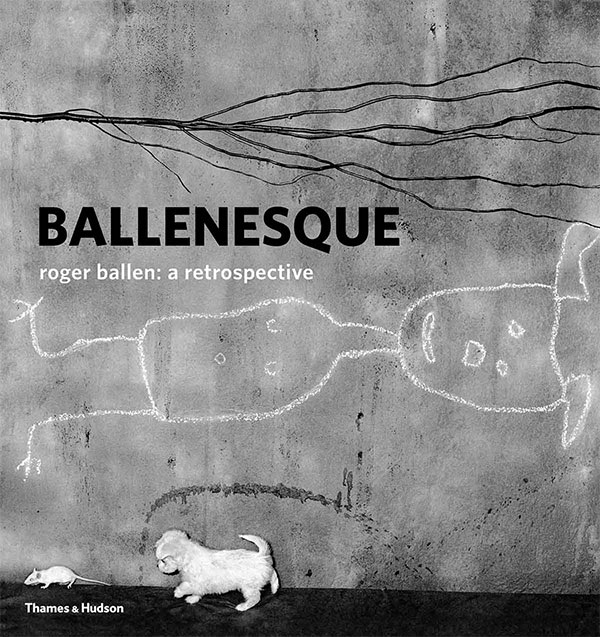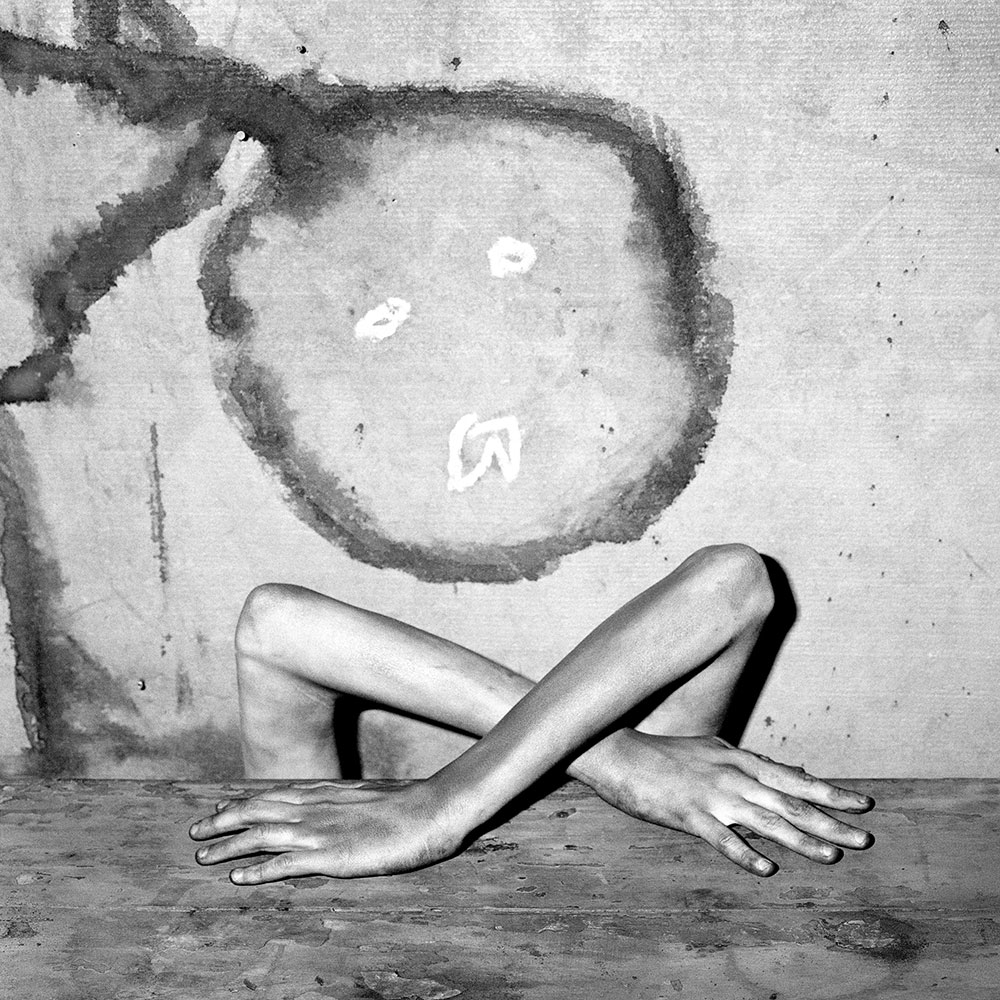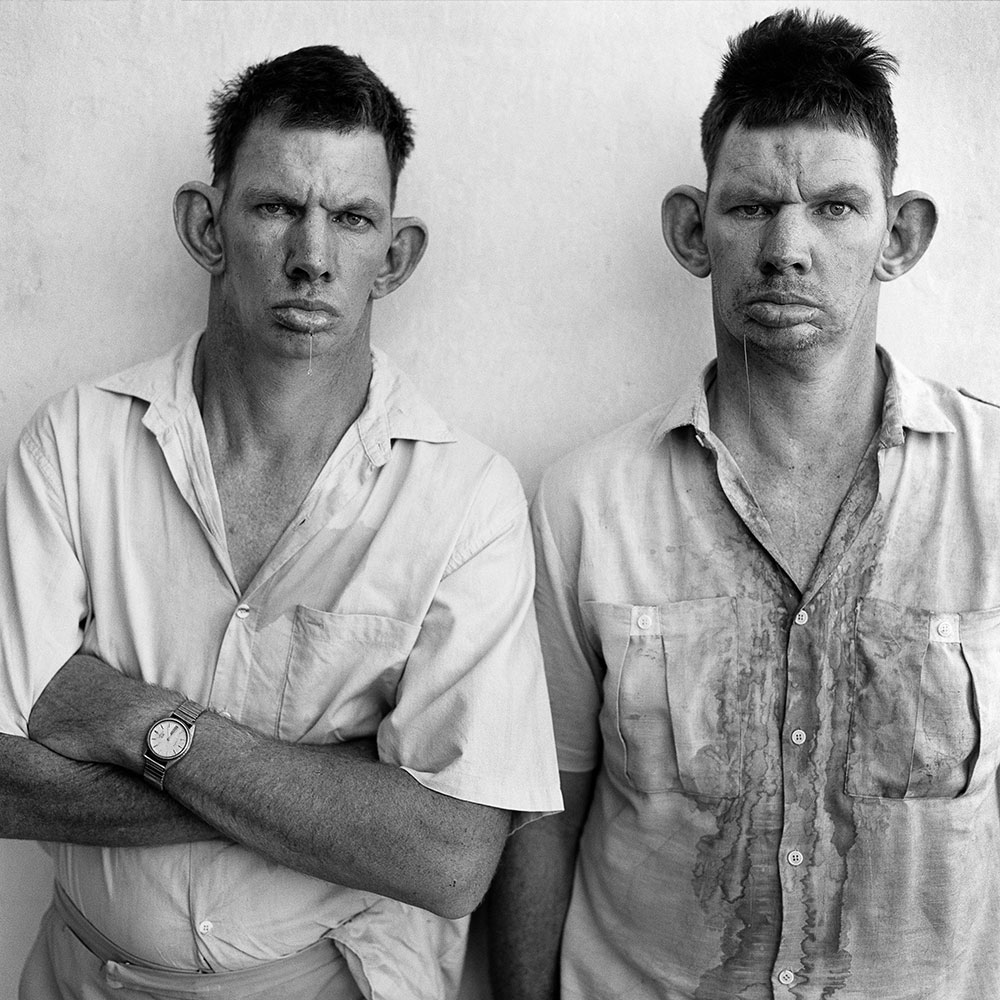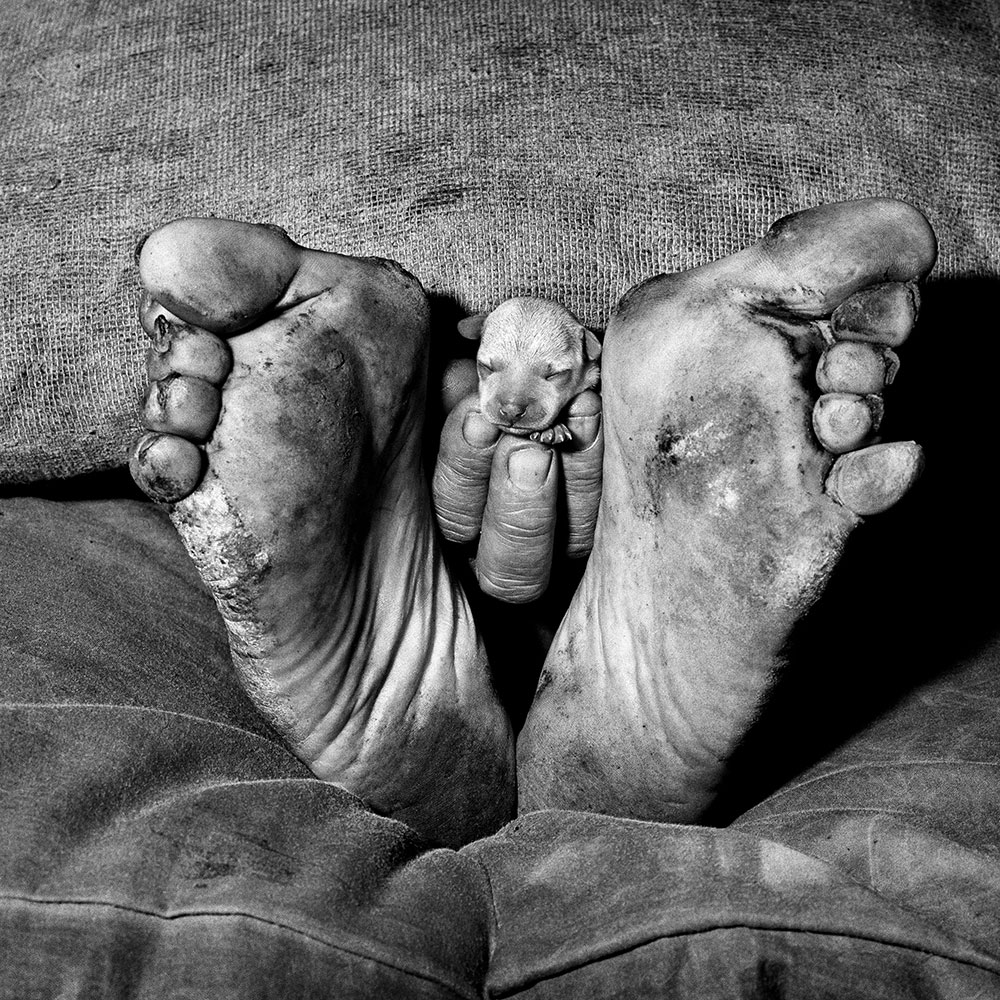Roger Ballen is perhaps the leading living art photographer. Ballen, who now lives in South Africa, is known not only for the themes of his photographs but also for their artistic values. He has written several monographs and held exhibitions over the last four decades. His name is recognized in artistic and cultural circles around the world. In Ballenesque, Roger Ballen takes his readers on a visual tour of his entire oeuvre in a chronological way. Although it is commonly believed in the world of art that the price is the crucial factor in deciding the artistic value, Ballen disagrees. He writes, “I am not overly involved in what is commonly referred to as contemporary art. Great art has to relate to the universal, the archetypal, not to the sensational, fashion, or what sells.”
The art business must be one of the most difficult businesses in the world to understand. Ballen says that is the reason he has tried to perfect his practice, rather than becoming a denizen of the art world. He writes, “I have tried to define a practice that is wholly mine. It’s a matter of the way I organize reality. My images are essentially transformed photographic realities, created by the interaction between my mind and the location I’m working in.” Ballen never plans his photographs, yet he realizes that relying on no one’s dreams and imagination alone will not guarantee a successful image. He describes how he produces artistic photographs, “My photographs come about as a result of thousands of tiny decisions, just like the innumerable brushstrokes in a painting. There is an infinite number of options. That is what makes photography so difficult: there is no limit to the possibilities.”
Ballen is inspired by blank white walls. They symbolize for him the challenge that he faces on a regular basis – the challenge to find a way of transforming vast nothingness, to give birth imagery that has a life beyond his own. He writes, “My creative process evolves from silence: they are filtered through consciousness and hopefully end with the inexplicable.” He says that archetypal symbols from the deepest level of the subconscious pervade his photographs. This place cannot be tamed. It has its own rules, and functions according to its own laws. “As a geologist by training, I have descended many mine shafts, heading to the center of the earth. As I headed downwards in the elevator, I passed through different layers of the earth’s history. Arriving at the bottom of the shaft, I would reflect on my creative process. When taking photographs, I often travel through the layers of my mind to locate this spot, this black core – a place where dreams and many of my images are born.”
He sees himself as a formalist. As in nature, there is harmony between the various aspects of my images; if one part works against the other, you end up with cancer. So form is crucial to what I do, and I believe that form is the basis of content. If you don’t bring the forms together, you don’t get the content, of course, a picture does not stand by its form alone; you can have forms that relate, but without meaning. Ultimately, a picture is judged by its meaning but is dependent on its form. And that, I think, is what many people lose sight of.
Ballen is a gifted visual thinker with a very strong sense of self. Through his lens, he sees and shows what others are unable to see. Ballenesque contains 345 of Ballen’s illustrations. Each of these photographs reflects Ballen’s philosophy of art. This collection puts a face to the man behind the camera. Ballen not only critiques his own entire oeuvre in this book but also articulates what art photography is and should be. Ballenesque will reconfigure our conception of what art photography should be. It is simply a treat to hold this beautifully-manufactured book.





Comments are closed.